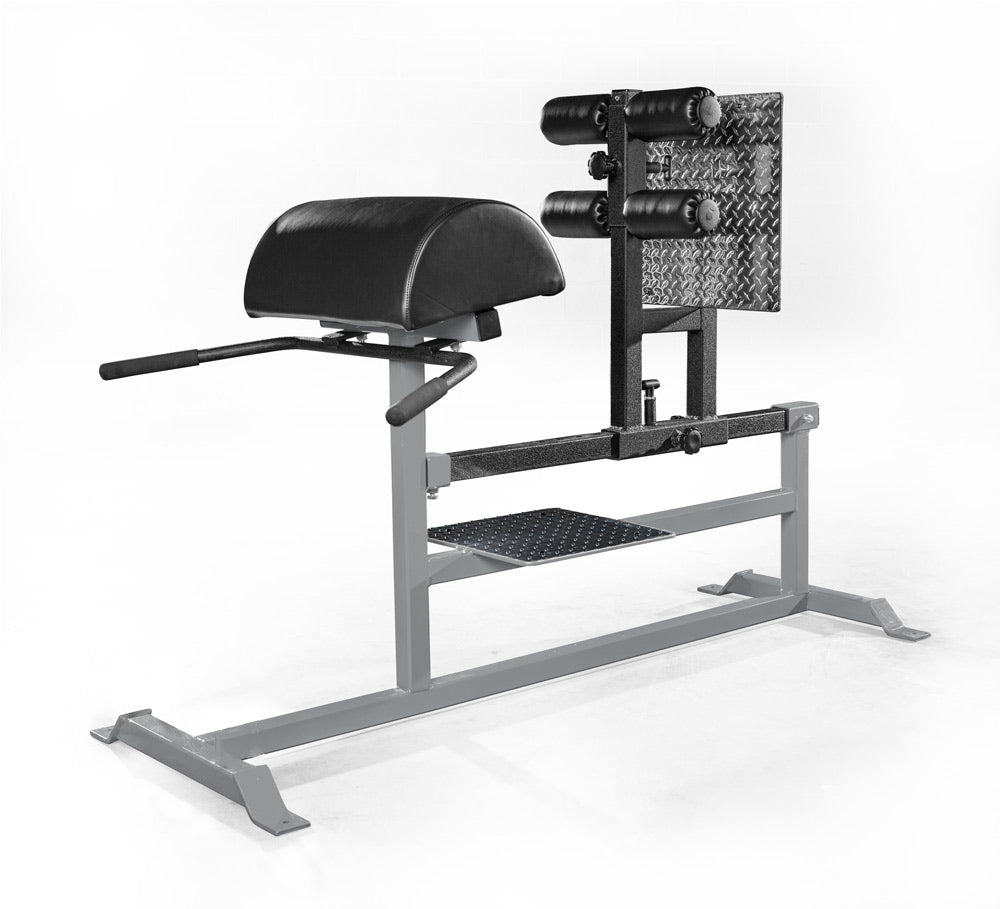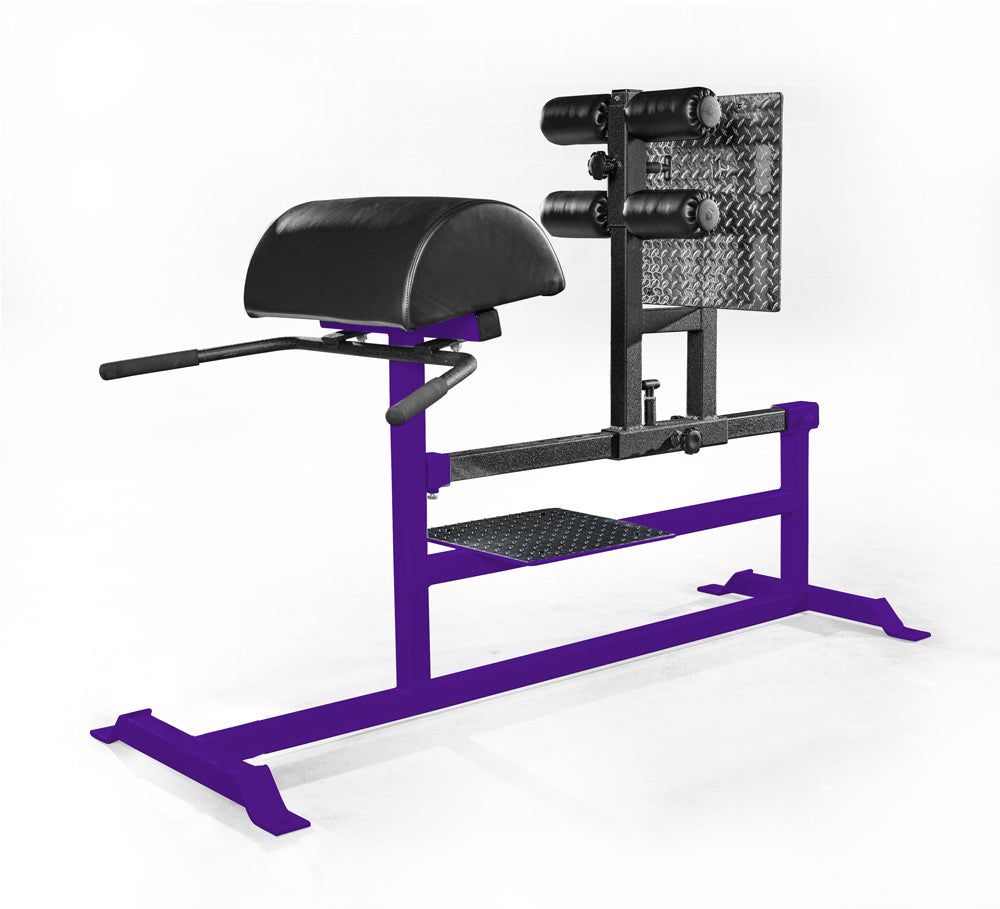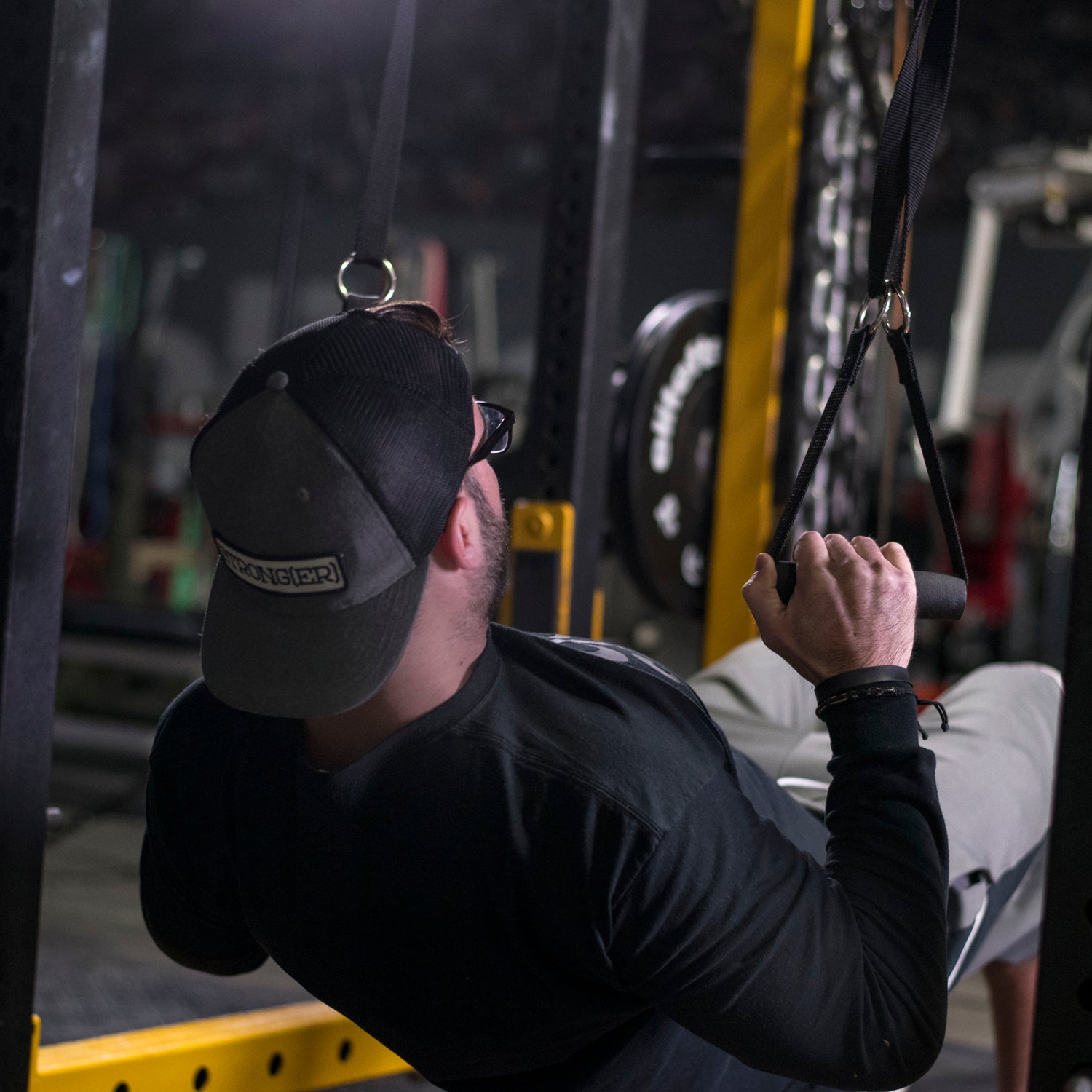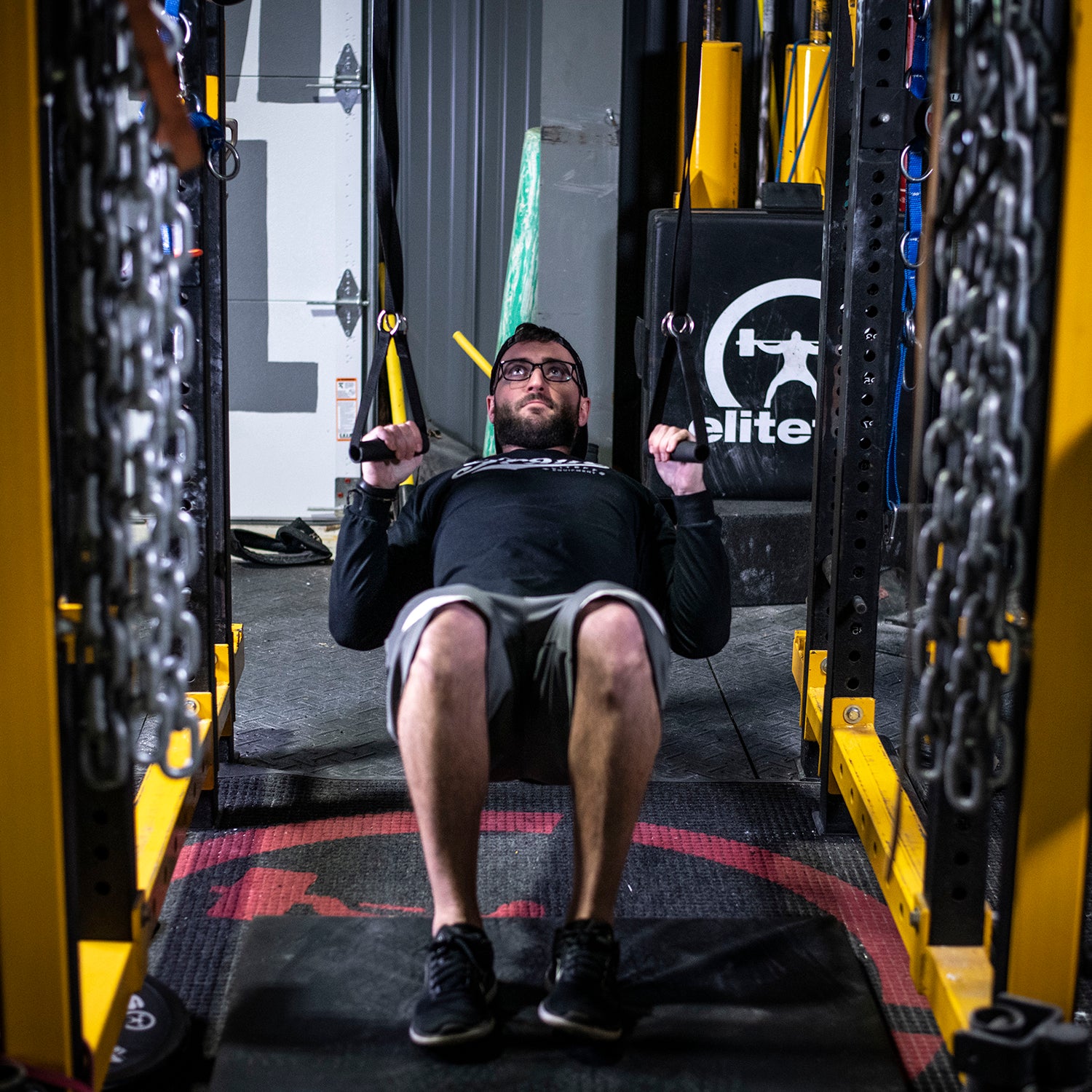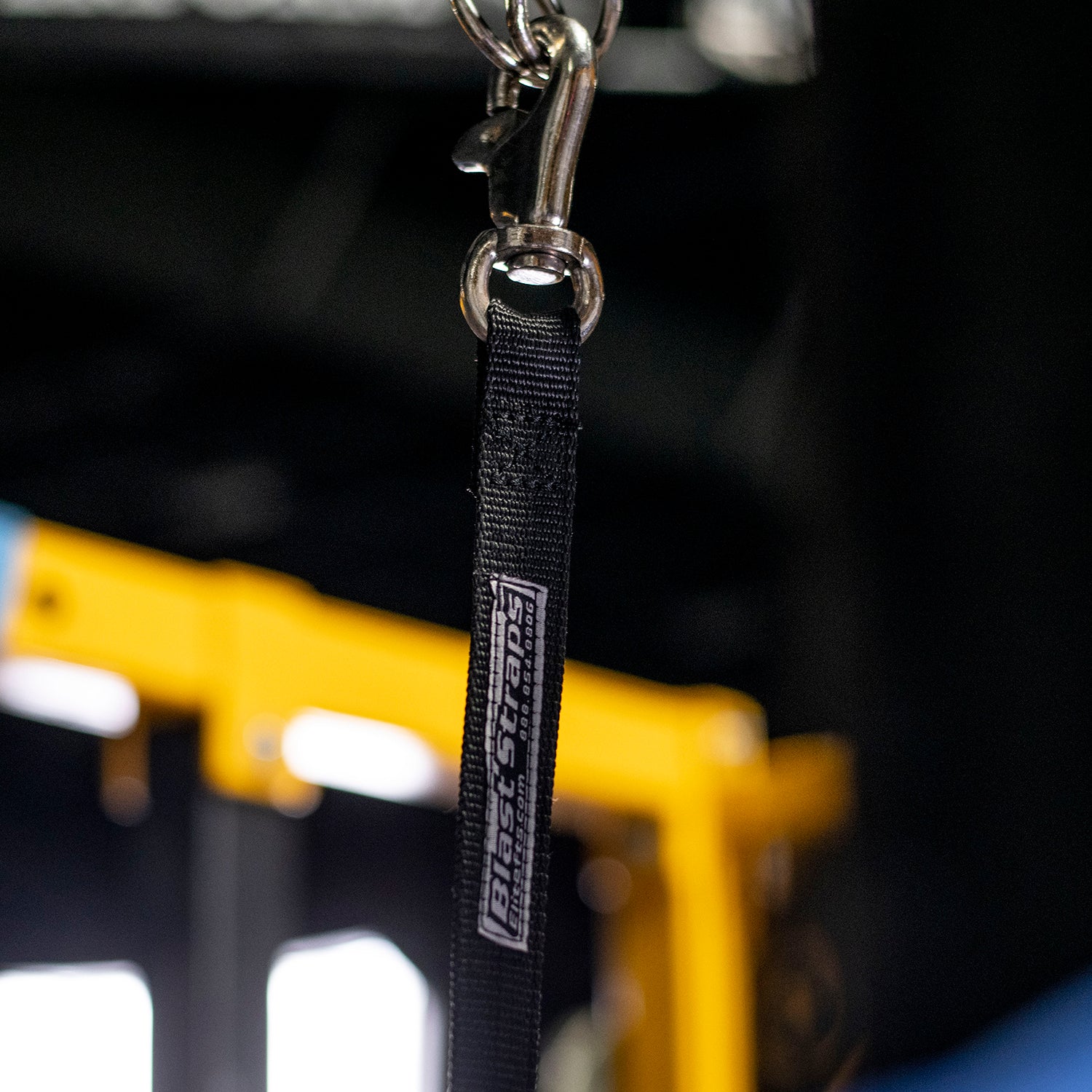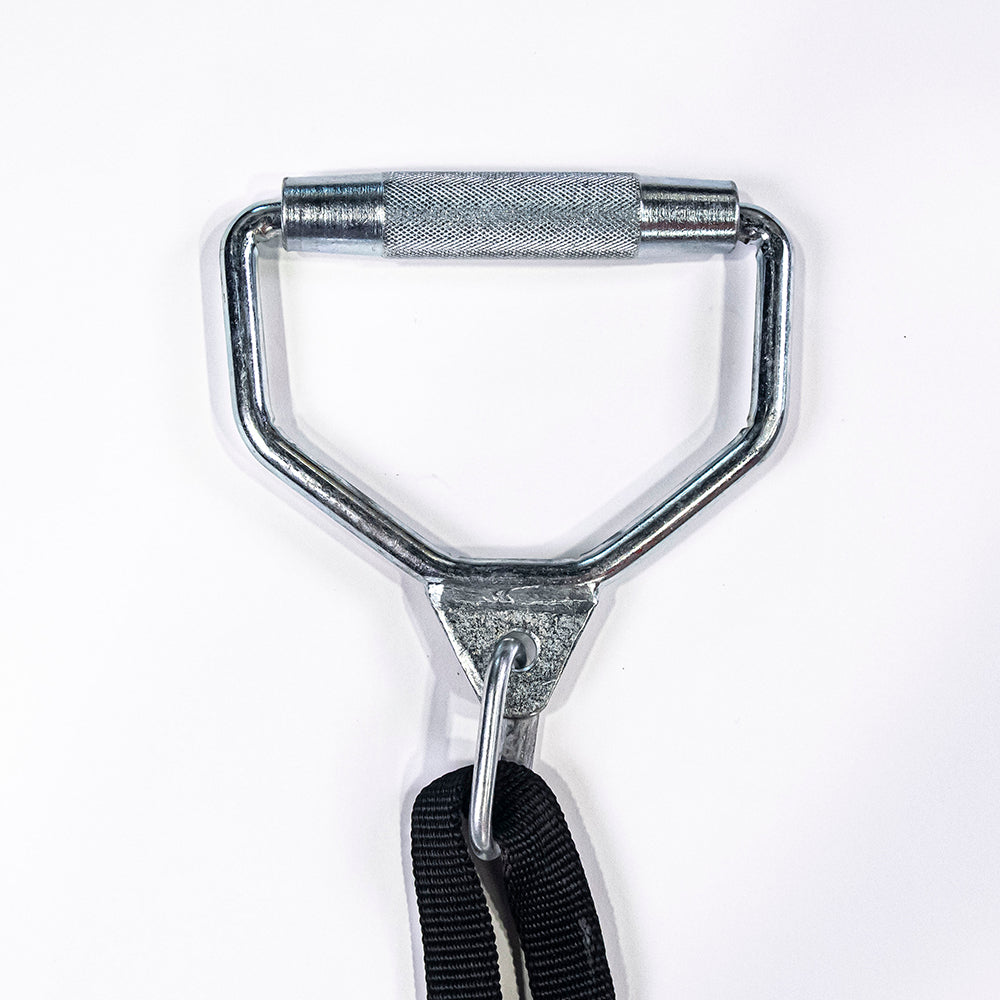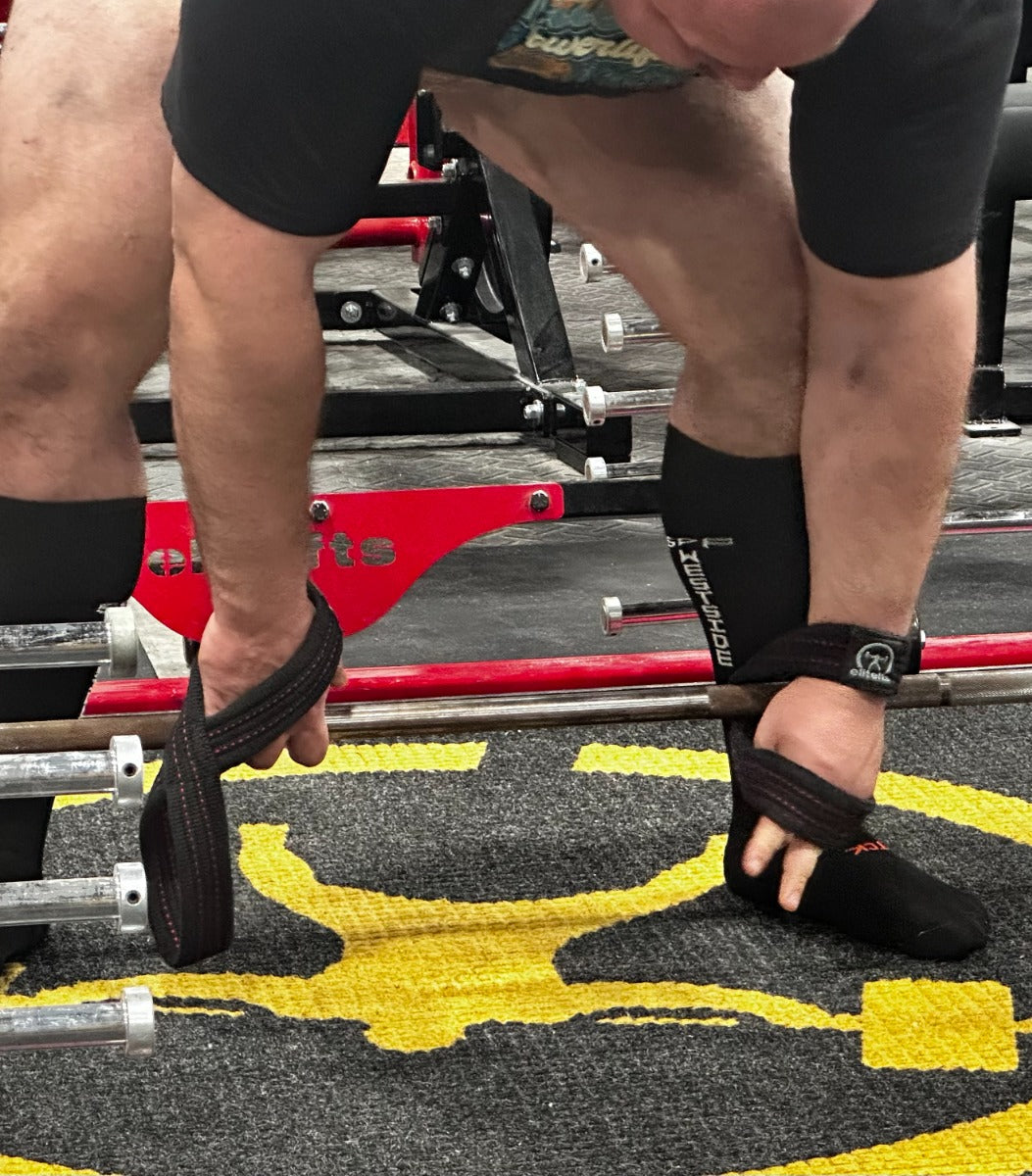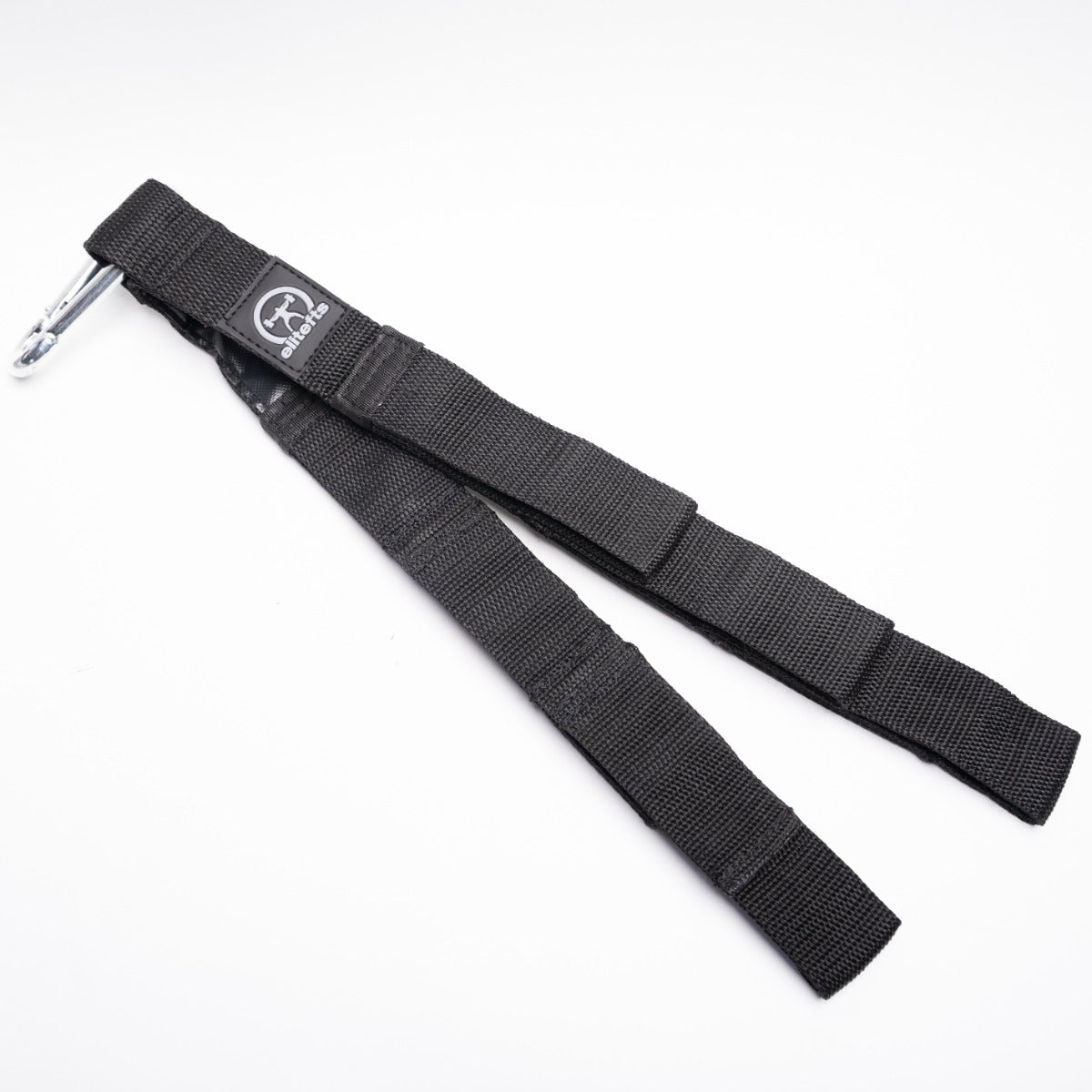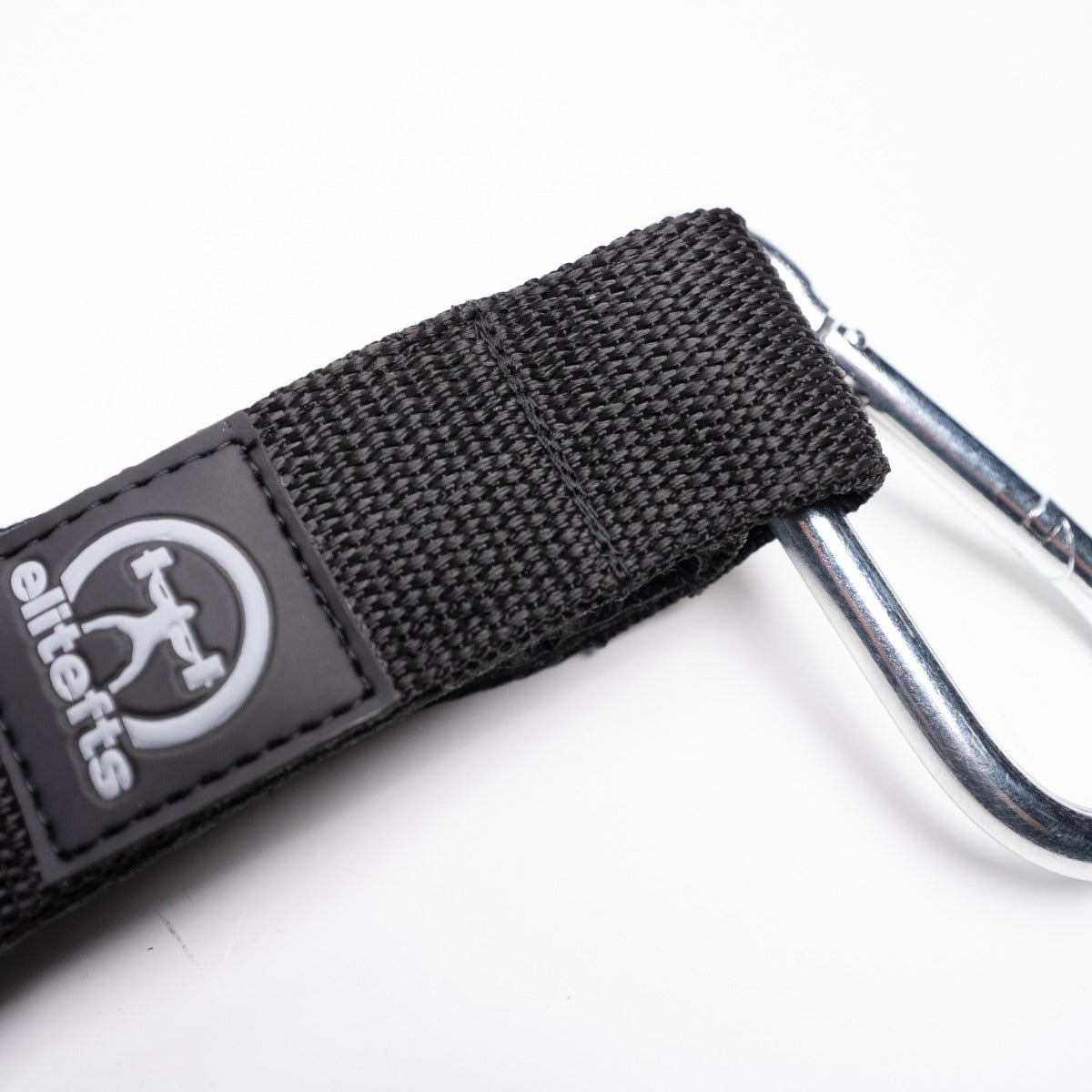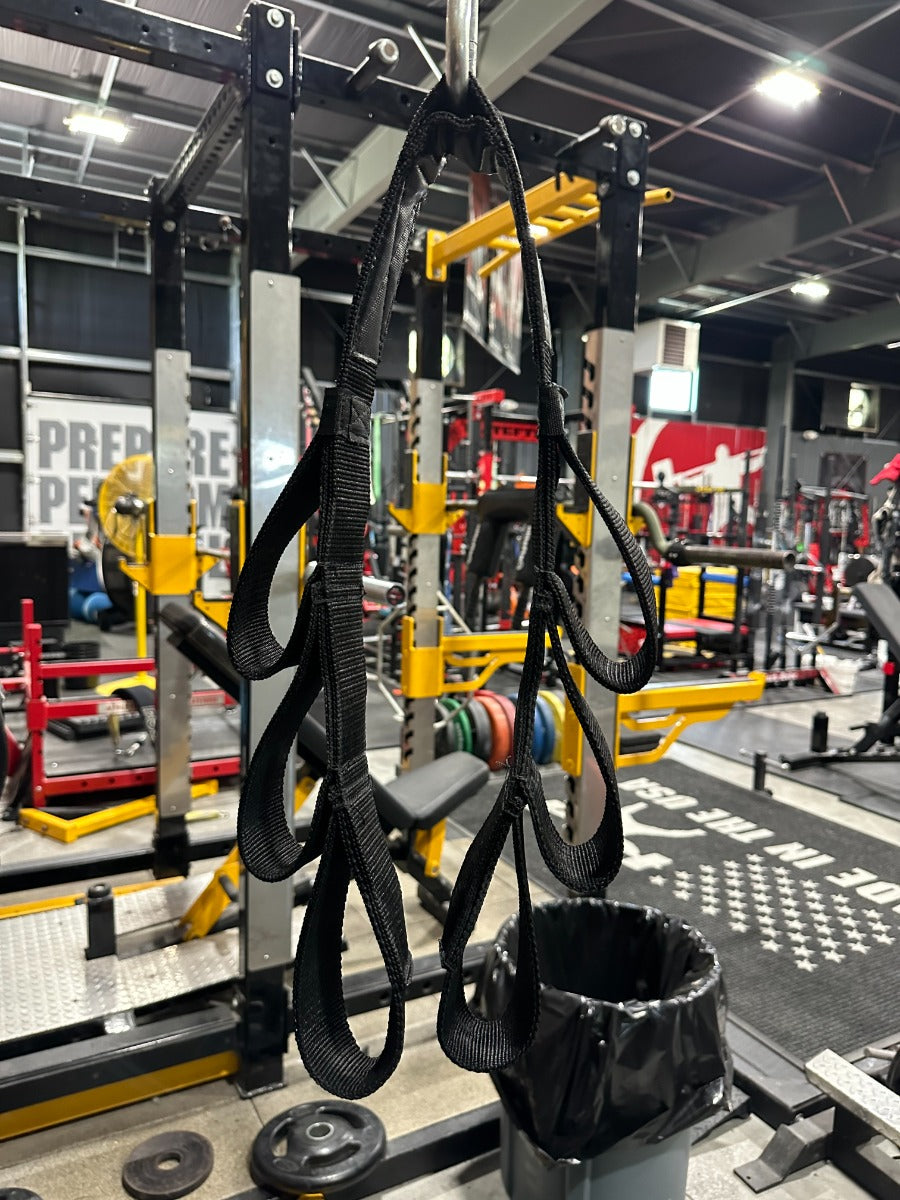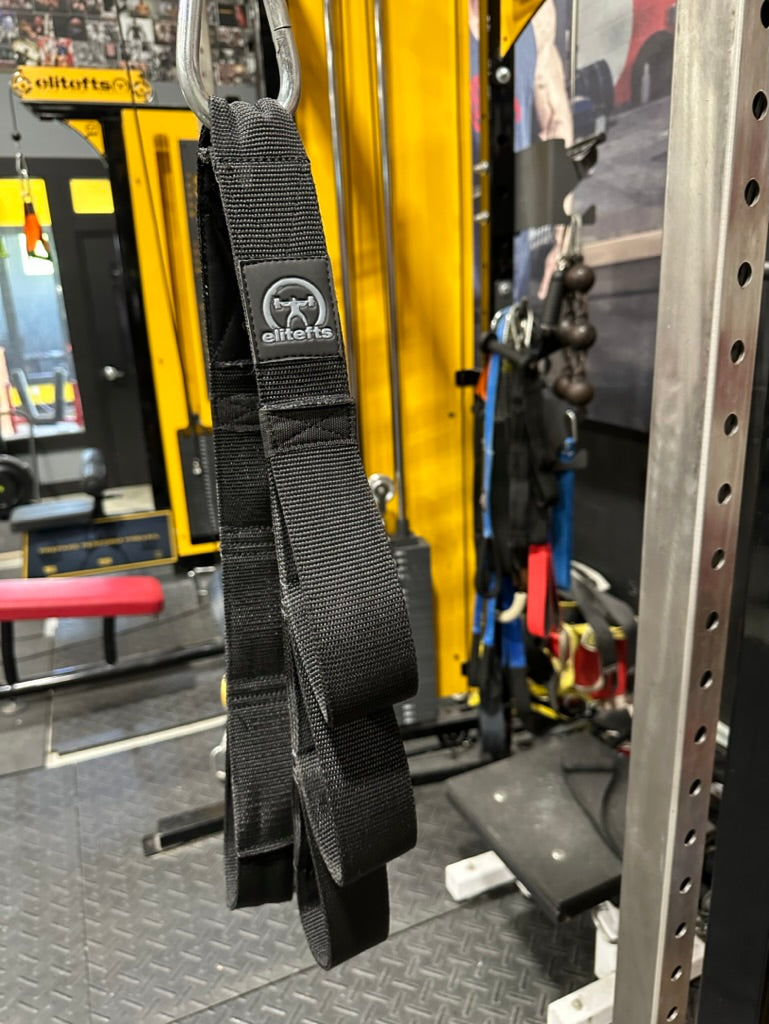© Paulbinet |
Dreamstime Stock Photos &
Stock Free Images

© Maxahner |
Dreamstime Stock Photos &
Stock Free Images How do you strengthen them? Simple, you contract those muscles with flexion exercises. However, if this is all you do without counterbalancing the muscles that extend your spine as well, you may just find yourself with six-pack abs and a host of back problems. It's risk versus reward, my friends. Take it from someone who used to think that doing 500 crunches daily was the answer. Today, I hardly ever do sit-ups but rather approach the core muscles (those surrounding your hips, torso, and spine) as a complete unit. The results are far more significant. So goals need to be realistic. Let’s talk about the other goal that most Americans have: to lose weight. This is another one that doesn’t tell the whole story. More importantly than weight is body fat. If you lose your body fat, you're left with lean muscle. I assure you that if you're walking around with mostly muscle, you will look and feel like muscle, which will make you forget about what your weight is. But let me give you an example of why this isn't the best goal. Say Joe Smith has a goal to lose 15 pounds. He weighs 200 pounds. His body fat is currently twenty percent (or 40 pounds), leaving 160 pounds of lean mass (bones and muscle). He works his ass off in the gym for six months and comes out weighing 190 pounds. He’s now confused and wondering why he hasn’t lost more with all his efforts. I mean, he drank his protein shakes after his workouts, he ate lots of fiber and veggies, and he put in at least three workouts per week. Well, it's very possible that Joe did lose 15 pounds and even more, but he doesn’t know this and is frustrated. He goes and gets his body fat tested and it reads twelve percent. Now he should be excited! This means that in six months, he burned eight percent body fat! That’s 16 pounds right there! So why is he still weighing in at 190 pounds? Simple, he gained six pounds of muscle. Not a bad swap if you ask me. And let’s not forget about water weight. Fluctuating by two to three pounds isn't a big deal and is pretty normal. I personally have weighed myself before and after workouts and have seen a difference of nearly two pounds. Another example of why weight loss isn’t a good indicator is the ever-so-popular-among-doctors BMI scale. This scale is simply a height to weight ratio. I personally put much more emphasis on the hip to waist ratio, which explains the story a bit better.
 © Icyimage |
© Icyimage | Dreamstime Stock Photos &
Stock Free Image To clarify, the visceral fat you carry around your midsection near your stomach and organs is what’s dangerous. If your hip to waist ratio is in a safe zone (0.8 or less for women and 0.9 or less for men), you're fine (assuming you are under the obesity breakpoints of a 40-inch and 35-inch waistline for men and women, respectively). Case in point, a typical NFL running back is about 200 pounds and is usually in the 5-foot, 10-inch range. This puts his BMI at 28.7, which is in the overweight category (18.5–24.9 is the recommendation). We then measure him and get a 31-inch waist and 40-inch hips, putting his hip to waist ratio at 0.77, or in the low-risk category. If you took a look at this athletic stud, he has the “V” shape to his torso that most guys are after. He’s strong, shapely, and toned. Overweight is the last term you would use to describe him. His body fat is low, and his lean muscle is high. Regardless of what any doctor says, this guy is one healthy individual as far as weight goes. Conversely, a woman weighing 115 pounds and who is 5-foot-6 represents a BMI of 18.6. She's obviously on the lower end of the risk category. Her weight is low because she’s consuming the diet of a mouse so that she can look like Kelly Rippa (don’t laugh, I’ve heard it more than once). She doesn’t consume enough protein and is surprisingly carrying a higher percentage of body fat for someone of her stature. Her waist is 28 inches and her hips are 32 inches. This puts her hip to waist measurement at 0.88, which is actually much higher than it should be and indicates that she isn't carrying her weight safely at all. OK, so now we know that we need to set goals we can actually achieve and that focus on fat loss is more important than focus on weight loss. So, let's take a look at the other, and perhaps most important, aspect of why people don’t obtain their goals: motivation. We’ve all seen the Biggest Loser, a show that I soon realized is completely unrealistic. Let me tell you why. First, these people have signed up to put all things aside and live on a ranch where their diets are monitored, they’re forced to train three times a day, and they're pushed hard by three different trainers to the point of complete exhaustion (i.e. vomiting, etc.). They have one responsibility—to lose weight. They don't have any obligations to their jobs, home, or kids and are motivated by television, families, and money. With this sort of structure, it is almost impossible not to get drastic results. When was the last time you trained three times daily for three months straight? If you did, you would lose 15 pounds in a week, too (if you even have that weight to lose). Remember, obese people will lose weight much faster than an average person. And just for the record, the recommendation for safe weight loss is one to two pounds per week. But safety has clearly been substituted for television ratings, as I watch a 375-pound woman being yelled at to try to perform a 12-inch box jump. You don’t have to be a trainer to know that if someone can barely squat or lunge, asking her to perform a plyometric that will create significant stress and force on her joints isn't only contraindicated by everything I’ve learned about training, but it is just plain stupid. OK, we aren't on television and don’t have money being flashed in front of us, but we still need to get motivated. How? Well, let's take a look at the things that don't motivate us—jobs, stress, kids, time, and lack of results. That last one is an important one. I strongly believe that if we set short-term goals that we can obtain, we will stay motivated as we see progress. As far as the other things, they’re hardly acceptable. Your job isn't 24/7, and I assure you that you can workout at least three hours weekly and still do well at your job. In fact, you’d probably do better with a nervous system that is more alert as a result of your training. Stress…well, that’s just another reason to exercise because it’s been proven to help reduce it. Kids…well, kids will be kids, and they should have activities as well. However, exercise shouldn't take the place of quality time with your kids. But I can tell you that I've trained a middle-aged individual with a full-time job and six kids. I rest my case. The last one is time. If I had a dollar every time someone told me that he didn’t have the time, I would be rich. The truth is that you have to make time. There are approximately twelve waking hours in the day, which equates to 84 hours a week. Most people work 40 hours, which leaves 44 hours. Let's say 60 hours to account for commuting. I think you can still find two to three hours to workout with your remaining 24 hours.

© Gualberto107 |
Dreamstime Stock Photos &
Stock Free Images











































































